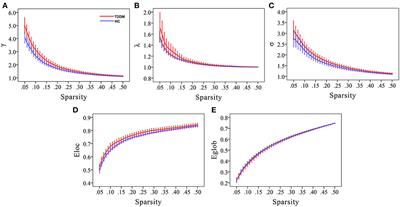EDITORIAL
Published on 12 Nov 2020
Editorial: Neuropsychology Through the MRI Looking Glass
doi 10.3389/fneur.2020.609897
- 2,614 views
- 2 citations
20k
Total downloads
77k
Total views and downloads
EDITORIAL
Published on 12 Nov 2020
ORIGINAL RESEARCH
Published on 20 Aug 2020
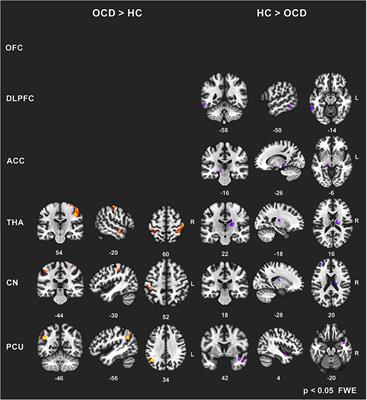
SYSTEMATIC REVIEW
Published on 27 Feb 2020
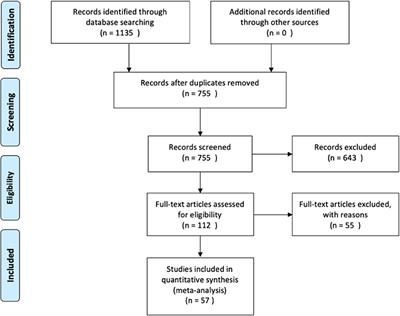
ORIGINAL RESEARCH
Published on 10 Jan 2020
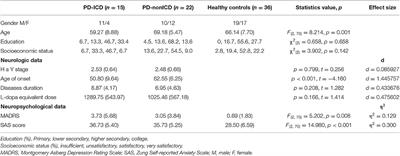
ORIGINAL RESEARCH
Published on 27 Nov 2019
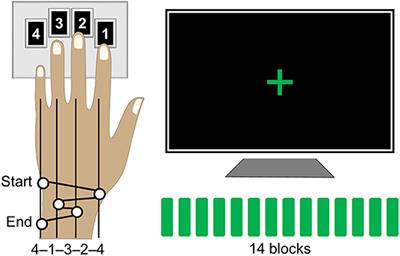
MINI REVIEW
Published on 14 Nov 2019
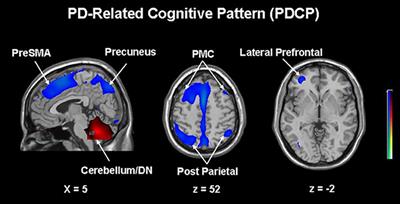
ORIGINAL RESEARCH
Published on 30 Oct 2019
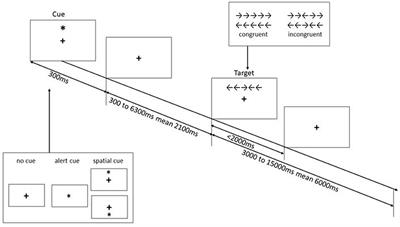
CASE REPORT
Published on 14 Oct 2019
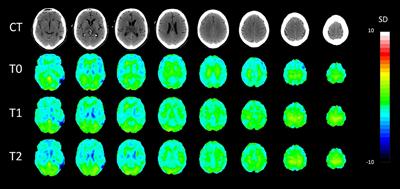
SYSTEMATIC REVIEW
Published on 11 Sep 2019
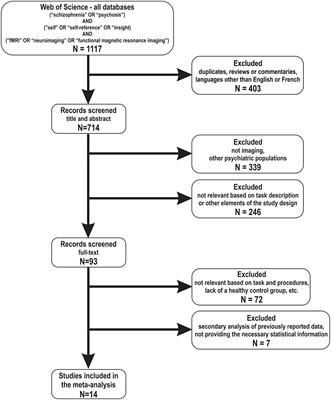
BRIEF RESEARCH REPORT
Published on 14 Aug 2019

REVIEW
Published on 13 Aug 2019
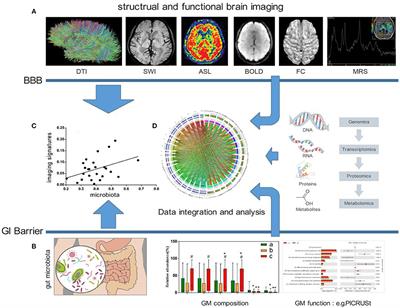
ORIGINAL RESEARCH
Published on 05 Jun 2019
